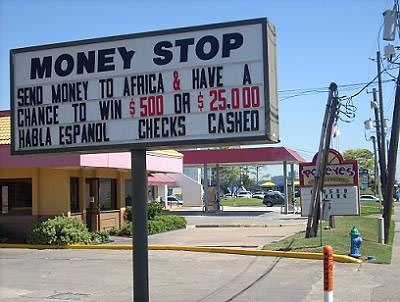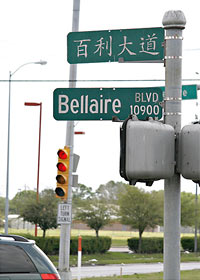From the course description for Anthropology 325L: Ethnographies of Ordinary Life, spring semester, UT Austin:
This course tries to approach the “ordinary” through ethnographic research. Each student will choose a project for participant observation. Questions include: how is the ordinary made to seem meaningful or made invisible or naturalized? How is ordinary life experienced by particular people in particular situations? How is it the site of forms of attachment and agency? What are the practices of everyday life? How do people become invested in the idea and hope of having an ordinary life? How does ordinariness dull us, or escape us, or become a tempting scene of desire?
And an excerpt from a recent posting of student fieldnotes on the Ethnographies of Ordinary Life class blog:
Bellaire has a different story. My mom often tells friends of the family about how over the course of our first ten years in this house, there was always at least one house being torn down and rebuilt. Our house along with three or four others are now the only original houses on the street. And they are now dwarfed by the pseudo-stucco three story behemoths that have come to characterize Houston exurbs. The street is littered with showy luxury vehicles, and most of the new neighbors don’t really socialize with us or one another. And you should hear my father lament the plight of the trees on our street (and I am totally with this one). My mom stopped organizing the block party a few years ago simply because no one else expressed interest or willingness to help out.
- Dreamworlds of Bellaire [Ethnographies of Ordinary Life]
- ANT 325L [University of Texas at Austin]



